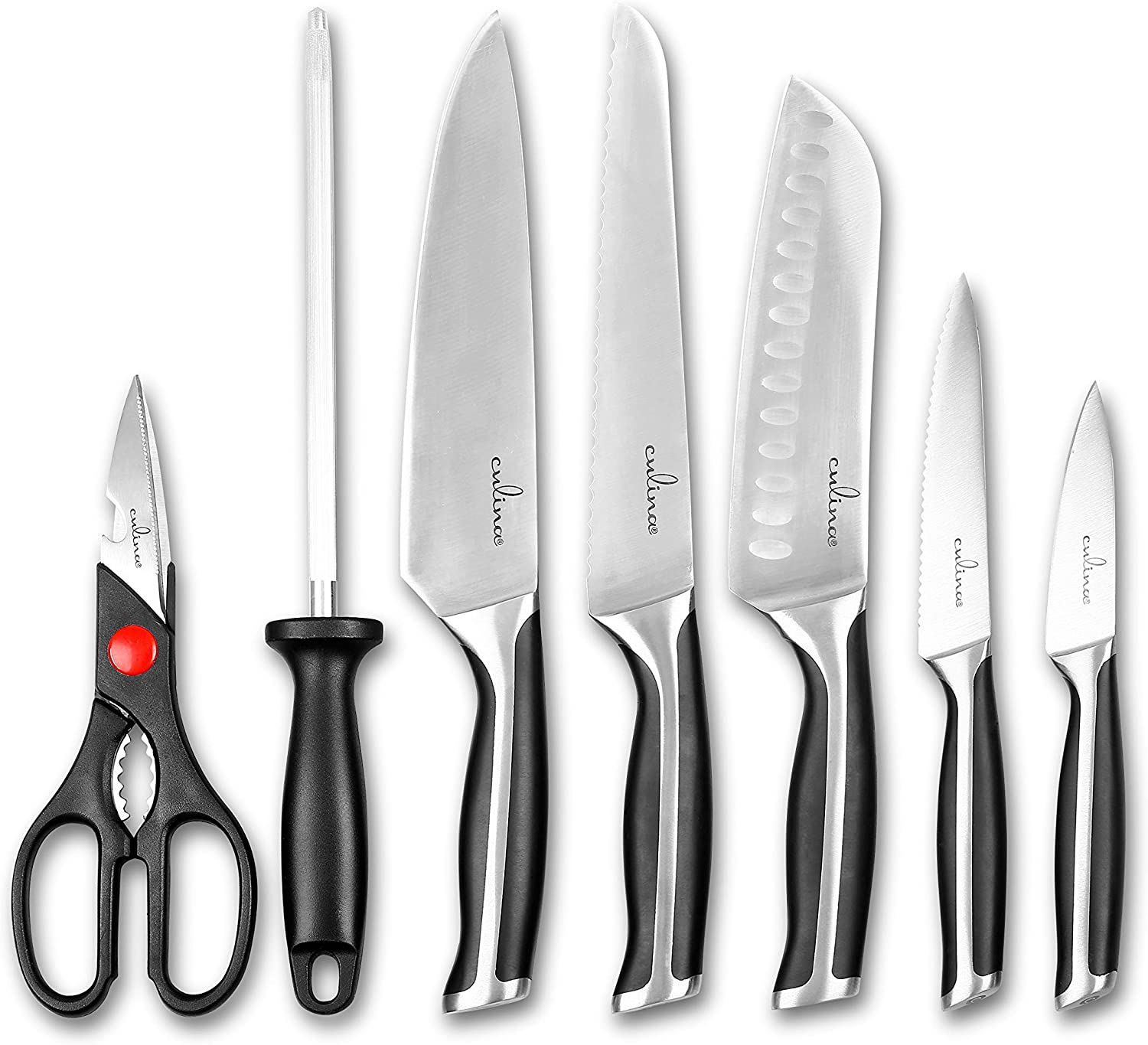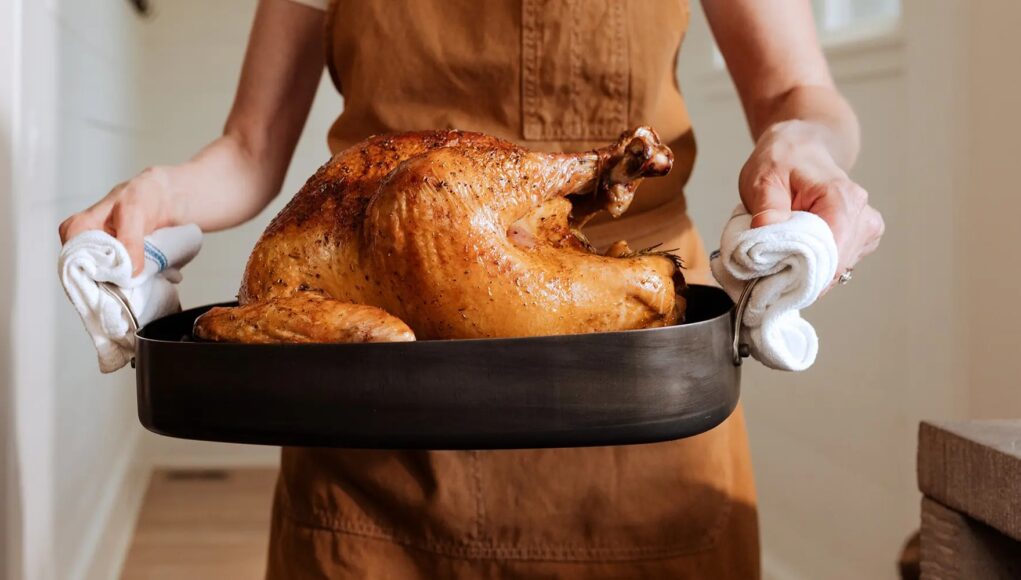When it comes to preparing the perfect turkey for any special occasion, one of the most important considerations is what size roasting pan for turkey you will need. This decision can significantly impact the cooking process and the quality of the final product. A properly chosen roasting pan ensures even heat distribution, optimal flavor, and a beautifully cooked turkey.
Whether you are a seasoned chef or a novice in the kitchen, understanding the specifics of your cooking equipment is crucial. The right roasting pan can make all the difference between a succulent turkey with crispy skin and a dry, unevenly cooked bird.

Understanding Turkey Sizes
Why Turkey Size Matters
The size of your turkey is the first factor to consider when choosing a roasting pan. Turkeys come in various sizes, typically ranging from small (10-12 pounds) to extra-large (over 20 pounds). Knowing the weight and dimensions of your turkey will help you determine the appropriate pan size to ensure a proper fit.
Common Turkey Sizes
- Small turkey: 10-12 pounds
- Medium turkey: 12-16 pounds
- Large turkey: 16-20 pounds
- Extra-large turkey: over 20 pounds
Choosing a pan that is too small can result in uneven cooking and potential safety hazards, such as overflowing juices. Conversely, a pan that is too large can lead to dry roasting and inadequate browning.
:max_bytes(150000):strip_icc()/faw-roasting-pan-test-farberware-nonstick-steel-flat-rack-rkilgore-9-06-a01a384e449c4adbb556fe24e6957ef9.jpg)
Types of Roasting Pans
Material Considerations
Roasting pans are made from various materials, each with its own advantages and disadvantages. The most common materials include stainless steel, aluminum, cast iron, and enamel-coated steel.
- Stainless steel: Durable and resistant to rust and corrosion, but may require additional cooking sprays or oils to prevent sticking.
- Aluminum: Lightweight and excellent heat conductor, but prone to warping at high temperatures.
- Cast iron: Exceptional heat retention and even cooking, but heavy and requires seasoning.
- Enamel-coated steel: Easy to clean and non-stick, but can chip over time.
Understanding the properties of each material will help you make an informed decision based on your cooking preferences and requirements.
Design Features
The design of the roasting pan can also affect its performance. Look for features such as:
- High sides: To contain juices and prevent spills.
- Sturdy handles: For easy lifting and maneuverability.
- Non-stick surface: For easy cleanup and to prevent sticking.
- Heavy-duty construction: To ensure durability and even heat distribution.
A well-designed roasting pan will enhance your cooking experience and contribute to a deliciously roasted turkey.

Determining the Right Size
Matching Pan Size to Turkey Weight
The general rule of thumb for choosing the right size roasting pan is to select one that provides at least 2 inches of space between the turkey and the edges of the pan. This space allows for proper air circulation and even cooking.
- Small turkeys: Use a pan with dimensions of approximately 14 x 10 x 2.5 inches.
- Medium turkeys: Use a pan with dimensions of approximately 16 x 12 x 3 inches.
- Large turkeys: Use a pan with dimensions of approximately 18 x 13 x 3.5 inches.
- Extra-large turkeys: Use a pan with dimensions of approximately 20 x 14 x 4 inches.
These measurements ensure that your turkey fits comfortably in the pan without overcrowding. For more detailed information, you can visit this external link.
Considering Oven Size
Before finalizing your choice, measure the interior dimensions of your oven to ensure that the roasting pan will fit. Keep in mind that there should be enough space for proper air circulation around the pan for even cooking.
Additional Considerations
Roasting Rack Necessity
A roasting rack elevates the turkey off the bottom of the pan, allowing for better air circulation and even cooking. It also prevents the turkey from sitting in its juices, which can lead to a soggy bottom.
Using a Foil Lining
Lining your roasting pan with aluminum foil can make cleanup easier and help protect the pan from staining. However, use heavy-duty foil to prevent tearing and ensure that it doesn’t touch the heating elements in the oven.
FAQ Section
Can I roast a turkey without a roasting pan?
Yes, you can use a large, sturdy baking dish or even a disposable aluminum pan. However, a proper roasting pan is recommended for the best results.
Do I need to baste my turkey while roasting?
Basting is optional and can add moisture and flavor. However, it isn’t necessary if the turkey is properly seasoned and cooked at the right temperature.
How do I know when my turkey is done?
Use a meat thermometer to check the internal temperature. The turkey is done when it reaches 165F (75C) in the thickest part of the thigh without touching the bone.
Also, feel free to check out our articles on what to do with rotisserie chicken, how to reheat a rotisserie chicken, and storing rotisserie chicken.
As an Amazon Associate, I earn from qualifying purchases.








